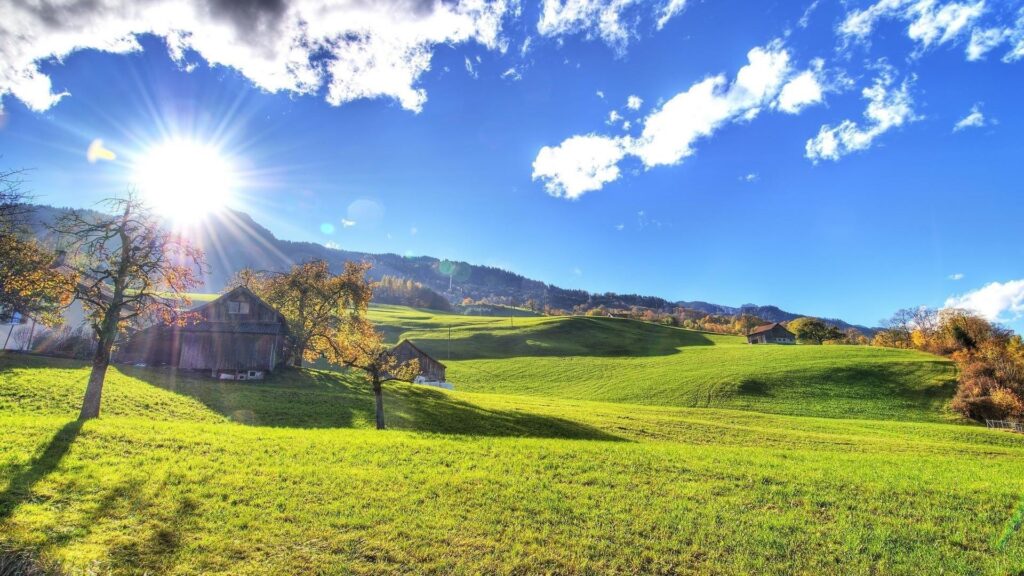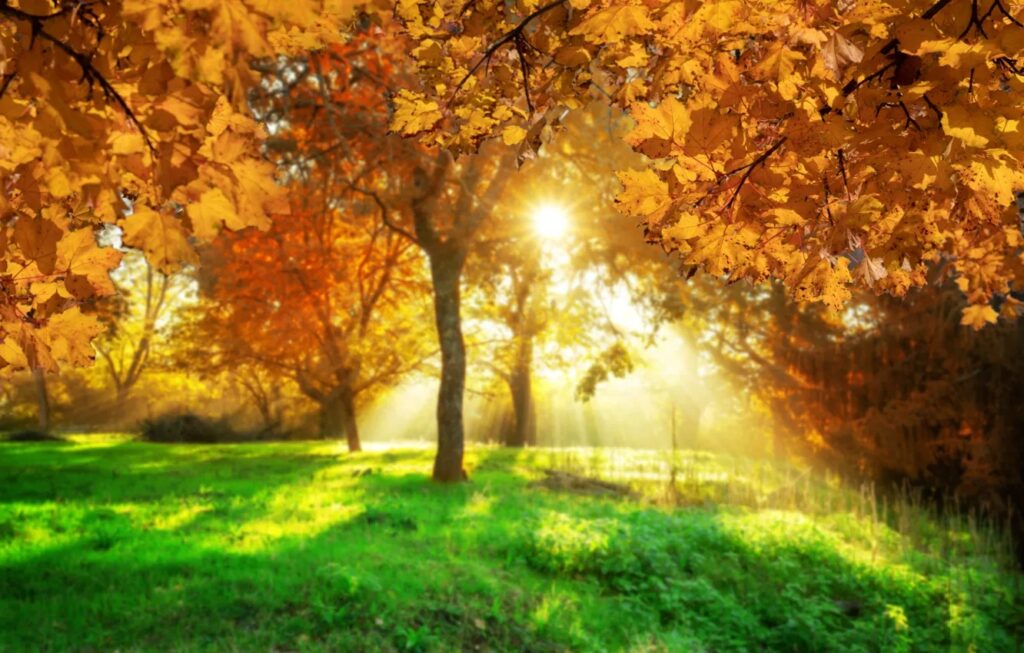Weather conditions play a crucial role in our daily lives, influencing everything from travel plans to outdoor activities. Understanding different weather types helps us prepare better and stay safe. At StormWatch.site, we provide detailed insights into various weather conditions, including sunny/clear, partly cloudy, cloudy/overcast, rainy, snowy, foggy/misty, windy, humid, and dry/drought conditions.
Below is an in-depth guide covering each weather type, its characteristics, impacts, and safety tips.

- Sunny/Clear Weather
Characteristics:
Bright sunlight with minimal or no cloud cover.
High visibility and warm temperatures.
Typically associated with high-pressure systems.

Impacts:
✅ Positive Effects:
Boosts mood and vitamin D production.
Ideal for outdoor activities (hiking, picnics, sports).
Good for solar energy generation.
⚠️ Negative Effects:
Risk of sunburn and heat exhaustion.
Prolonged exposure can lead to dehydration.
May contribute to drought conditions over time.
Safety Tips:
Wear sunscreen (SPF 30+).
Stay hydrated.
Use sunglasses and hats for UV protection.
- Partly Cloudy Weather
Characteristics:
A mix of sun and clouds (30-70% cloud cover).
Mild temperatures with occasional shade.
Common during transitional weather patterns.
Impacts:
✅ Positive Effects:
Balanced sunlight and shade, making it comfortable.
Good for photography (interesting cloud formations).
⚠️ Negative Effects:
Sudden weather changes possible (quick shifts to rain).
Safety Tips:
Carry an umbrella just in case.
Monitor weather updates for unexpected changes.
- Cloudy/Overcast Weather
Characteristics:
Sky covered with thick clouds (90-100% cloud cover).
Dull, gray appearance with diffused sunlight.
Often precedes rain or snow.
Impacts:
✅ Positive Effects:
Reduced UV exposure.
Cooler temperatures, good for strenuous activities.
⚠️ Negative Effects:
Can cause low visibility.
May lead to seasonal affective disorder (SAD) in some people.
Safety Tips:
Use headlights when driving.
Be prepared for possible rain.
- Rainy Weather
Characteristics:
Precipitation in the form of liquid water droplets.
Can range from light drizzle to heavy downpours.
Often accompanied by thunderstorms.
Impacts:
✅ Positive Effects:
Essential for agriculture and water supply.
Clears pollutants from the air.
⚠️ Negative Effects:
Flooding, landslides, and road accidents.
Can disrupt travel and outdoor events.
Safety Tips:
Avoid flooded areas.
Use waterproof gear (jackets, boots).
Drive cautiously (wet roads reduce traction).
- Snowy Weather
Characteristics:
Frozen precipitation in the form of snowflakes.
Accumulates on the ground, creating snow cover.
Often occurs in sub-freezing temperatures.
Impacts:
✅ Positive Effects:
Winter sports opportunities (skiing, snowboarding).
Insulates crops and soil.
⚠️ Negative Effects:
Dangerous road conditions (black ice).
Risk of hypothermia and frostbite.
Safety Tips:
Wear insulated, waterproof clothing.
Keep emergency supplies in your car.
Shovel snow safely to avoid overexertion.
- Foggy/Misty Weather
Characteristics:
Low-lying clouds near the ground.
Reduces visibility significantly.
Common in valleys and near water bodies.
Impacts:
✅ Positive Effects:
Creates scenic landscapes.
⚠️ Negative Effects:
Dangerous for driving and aviation.
Can cause delays in transportation.
Safety Tips:
Use fog lights when driving.
Slow down and increase following distance.
- Windy Weather
Characteristics:
Strong air movement (varies from breezy to storm-force).
Can be caused by pressure differences.
Impacts:
✅ Positive Effects:
Helps disperse pollution.
Useful for wind energy generation.
⚠️ Negative Effects:
Can cause property damage (fallen trees, power outages).
Creates dangerous conditions for boats and aircraft.
Safety Tips:
Secure loose outdoor objects.
Avoid high-profile vehicles in strong winds.
- Humid Weather
Characteristics:
High moisture content in the air.
Makes temperatures feel hotter.
Common in tropical and coastal regions.
Impacts:
✅ Positive Effects:
Good for skin hydration.
⚠️ Negative Effects:
Can cause heat exhaustion more quickly.
Promotes mold growth.
Safety Tips:
Stay hydrated.
Use dehumidifiers indoors.
- Dry/Drought Weather
Characteristics:
Prolonged lack of precipitation.
Low humidity and high evaporation rates.
Impacts:
✅ Positive Effects:
Fewer mosquitoes and mold issues.
⚠️ Negative Effects:
Water shortages.
Increased wildfire risk.
Safety Tips:
Conserve water.
Follow local fire safety regulations.

